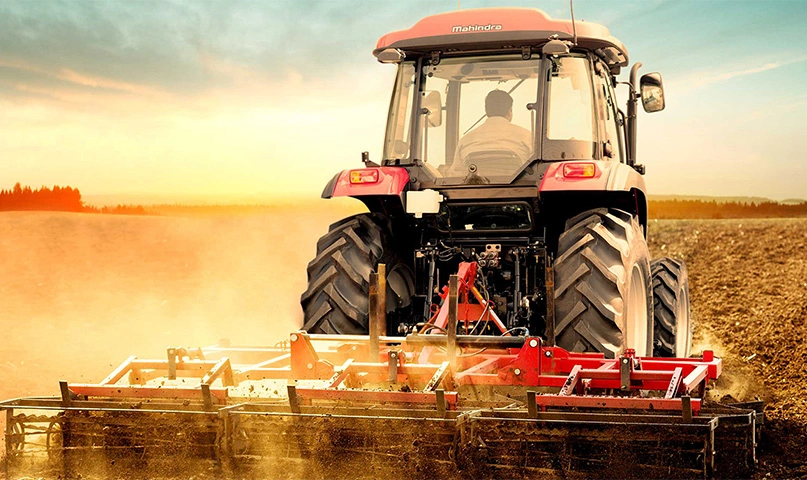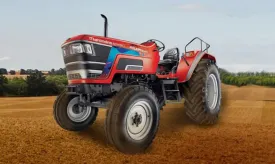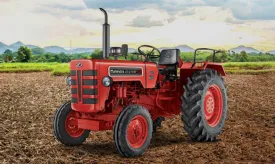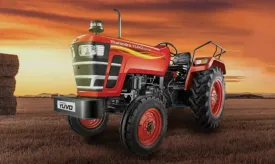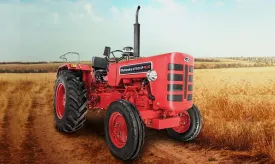Top 5 Farm Implements for Rabi Crop Farming in India
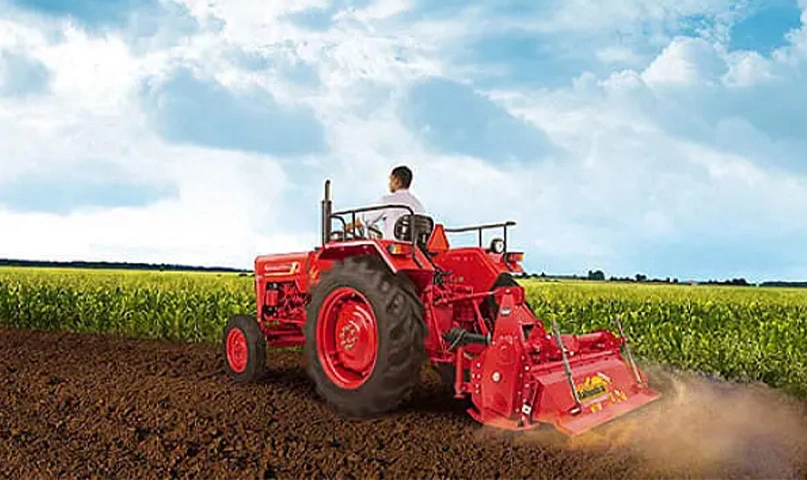
Rabi crops like wheat, mustard, barley, and gram are the backbone of India's winter agriculture. Sown in the cool months of October&December and harvested around March&April, these crops require timely and precise farming practices for optimal yield. In today's age of mechanization and smart farming, the use of efficient farm implements has become crucial. Whether you're a small-scale farmer or running a mid-sized farm, the right implements can drastically reduce manual labor, save time, and boost productivity. In this article, we bring you the Top 5 farm implements essential for Rabi crop farming in India.
1. Seed drill/rabi planter & precision at the first step

Rabi farming begins with sowing, and for crops like wheat and mustard, uniform seed depth and spacing are critical. The seed drill is a time-tested implement that ensures this precision.
Why it's a must-have:
- Ensures even seed distribution and optimal depth.
- Improves germination rates and overall plant health.
- Reduces seed wastage and labor costs.
Types:
- Manual seed drills & Suitable for small landholdings.
- Tractor-mounted seed cum fertilizer drills & For medium to large farms, allowing simultaneous seed and fertilizer placement.
2. Rotavator & For perfect seedbed preparation
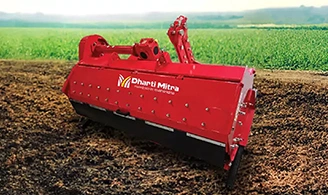
Proper land preparation is key to successful Rabi farming. A rotavator, also known as a rotary tiller, is one of the most efficient tools to break, pulverize, and level the soil before sowing.
Why it's a must-have:
- Helps in better soil aeration and water retention.
- Incorporates previous crop residues into the soil.
- Prepares a fine tilth ideal for Rabi crops like wheat and mustard.
Benefits:
- Saves time compared to traditional ploughing.
- Reduces weed growth by disturbing weed roots.
3. Sprayer (Knapsack or Boom) & For crop protection & nutrition
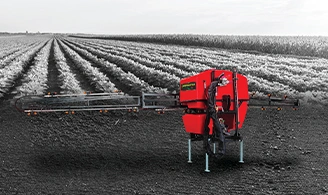
Rabi crops are prone to fungal infections, pests like aphids and cutworms, and micronutrient deficiencies. Regular application of pesticides, fungicides, and foliar fertilizers is essential—and for this, sprayers are indispensable.
Why it's a must-have:
- Ensures even application of chemicals and nutrients.
- Reduces manual effort and chemical wastage.
- Helps control pest and disease outbreaks early.
Types:
- Knapsack sprayers (manual or battery-operated) & Best for small farms.
- Boom sprayers & Tractor-mounted and suited for larger fields.
4. Cultivator & For secondary tillage & weed control
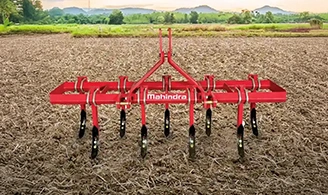
After sowing, maintaining soil aeration and removing weeds is vital. A cultivator helps in both. It's used for secondary tillage, mixing fertilizers, and uprooting unwanted weeds between crop rows.
Why it's a must-have:
- Promotes root development by loosening soil.
- Helps maintain soil moisture by breaking surface crust.
- Reduces the need for manual weeding.
Options available:
- Spring-loaded cultivators & For rough, hard soils.
- Rigid cultivators & Ideal for loamy or light soils.
5. Harvesting equipment & For efficient yield collection
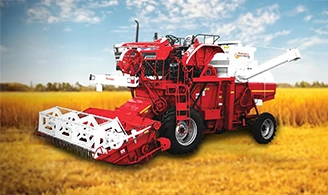
Timely and efficient harvesting ensures you get the best quality produce with minimal losses. Manual harvesting is time-consuming, and labor availability can be an issue during peak season. Using harvesters or reapers makes the process faster and more efficient.
Why it's a must-have:
- Minimizes post-harvest losses due to delays.
- Reduces grain shattering and damage.
- Saves time and manpower.
Options for Rabi crops:
- Tractor-mounted reapers & For wheat and barley.
- Combine harvesters & Harvest, thresh, and clean in one pass (ideal for large farms).
- Manual wheat harvesters or sickle-type reapers & For small plots.
Bonus: Additional tools for better rabi farming
Apart from the big five, here are a few supporting tools that can enhance productivity:
- a) Leveller / Laser land leveller
- Improves water distribution and reduces irrigation costs.
- Especially useful in wheat farming, where water uniformity is key.
- b) Threshers
- Separate grain from husks.
- Suitable for wheat, gram, and mustard post-harvest.
- c) Soil testing kit
- Knowing your soil pH and nutrient content before sowing helps in better fertilization decisions.
Government support and subsidies
To promote the use of mechanization in Rabi farming, the Government of India offers various subsidy schemes through the Sub-Mission on Agricultural Mechanization (SMAM). Farmers can avail up to 40&60% subsidy on implements like seed drills, rotavators, and sprayers.
Also, Custom Hiring Centres (CHCs) are being set up in rural areas where farmers can rent these implements at affordable rates.









